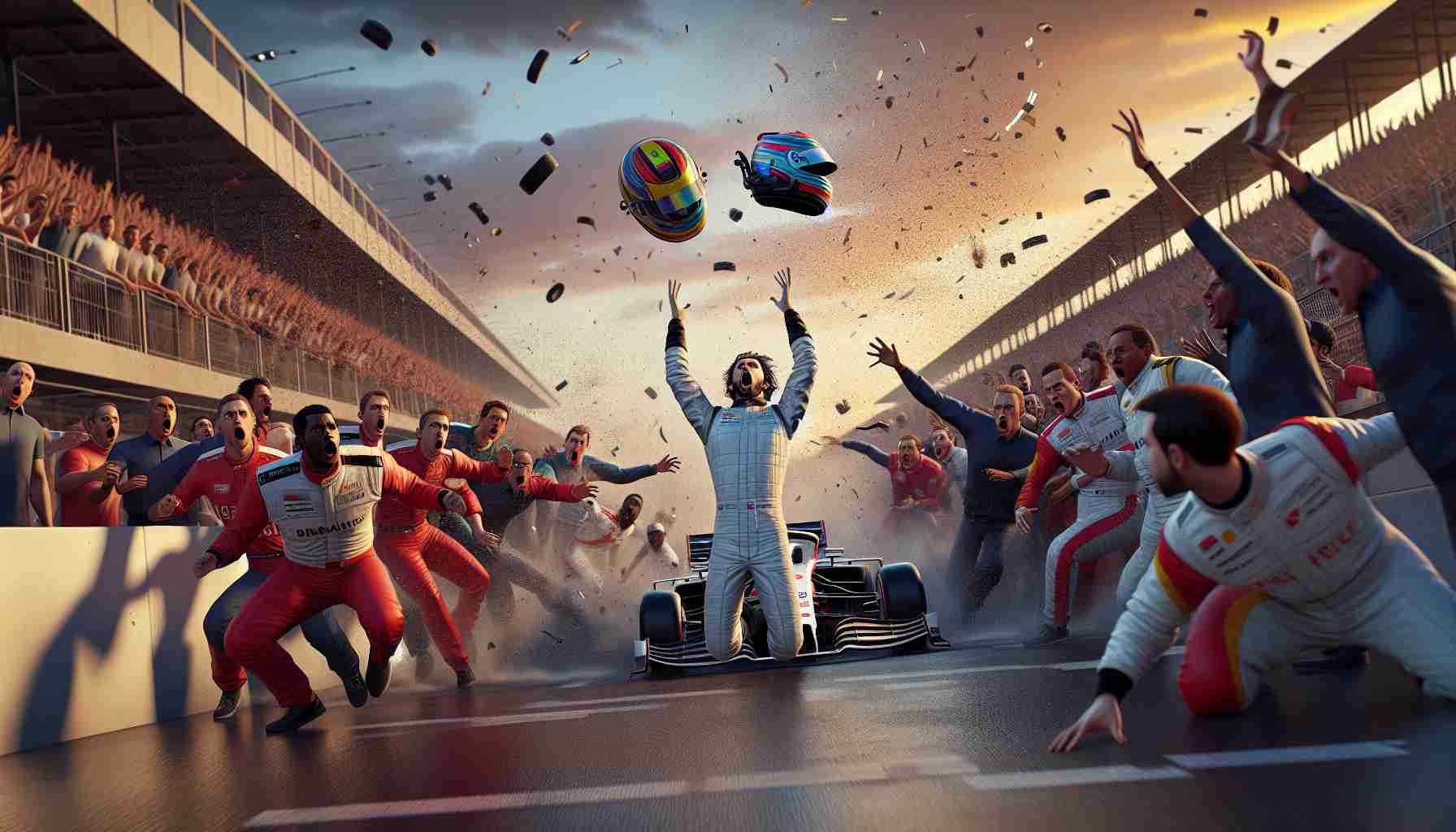Masters League at Kiryu: Day Three Highlights
In the thrilling world of boat racing, the third day of the GIII “Masters League 10th Round DK Night Cup” witnessed a spectacular display of skill at Kiryu. Among the competitors, Shinji Ishikawa has emerged as the standout performer, maintaining an impressive record with continuous placements throughout the qualifiers.
Despite his dominance in the standings, Ishikawa remains unfulfilled with his engine’s current performance. His team is hard at work fine-tuning it to achieve the perfect balance, showcasing their commitment to excellence. They have recognized the importance of optimizing the engine to match the fierce competition he faces.
However, it’s not just his steady placements that have caught attention; Ishikawa’s remarkable speed off the starting line and efficient acceleration around the turns solidify his position as a top contender. His consistency in performance demonstrates not only his skill but also a deep understanding of the sport’s intricate demands.
As the event continues, spectators eagerly anticipate whether Ishikawa can fine-tune his equipment just in time to defend his lead. With the races intensifying, the pressure mounts for all participants to rise to the occasion and deliver their best. Keep an eye on the Masters League, where every race promises to be exciting and unpredictable!
Beyond the Waves: The Cultural and Economic Ripple Effects of Boat Racing
The exhilarating realm of boat racing holds profound implications for society and culture, particularly in regions where maritime sports serve as a communal lifeline. Boat racing fosters a unique blend of tradition and modernity, attracting local communities and international spectators alike. Events like the GIII “Masters League 10th Round DK Night Cup” in Kiryu not only showcase athleticism but also contribute to regional identity and tourism, bolstering local economies.
In Japan, the rise of speedboat racing has intertwined with national pride and cultural heritage, drawing crowds and fostering a sense of community. This connection often translates to increased tourism, as racing events create opportunities for local businesses, from hospitality to merchandise sales. In a global context, the sport contributes to an interconnected economy where sponsors, manufacturers, and even tech companies observe trends to enhance boat performance and safety.
As environmental consciousness grows, the future of boat racing may increasingly hinge on sustainable practices. Innovations in engine technology and materials could shift the landscape, prioritizing eco-friendliness while maintaining the sport’s competitive edge. The increasing focus on sustainability may reshape not only how races are conducted but also how they are perceived in the larger context of environmental stewardship and corporate responsibility. In this sense, the outcomes of events like the Masters League extend far beyond mere rankings, influencing cultural narratives and economic strategies well into the future.
Master the Excitement: Innovations and Insights from Day Three of the GIII “Masters League”!
Masters League at Kiryu: Day Three Highlights
The third day of the GIII “Masters League 10th Round DK Night Cup” at Kiryu showcased not only the thrill of boat racing but also highlighted some emerging trends and innovations within the sport. As the competition heats up, it’s essential to understand the various aspects that make this event a spectacle for fans and a challenge for contestants.
Performance Trends and Insights
Shinji Ishikawa’s Dominance
Shinji Ishikawa is currently the standout performer in the tournament, achieving consistent placements that reflect his skill and strategy. Despite this success, Ishikawa is candid about the need for enhancements to his engine’s performance, emphasizing the continuous pursuit of excellence in competitive racing.
Innovations in Boat Technology
One of the significant trends in boat racing is the evolution of engine technology. As racers like Ishikawa strive for better performance, advancements in lightweight materials and aerodynamics are becoming critical. Custom engine tuning and the use of real-time data for performance analysis are now commonplace among top competitors, allowing them to make informed decisions that can drastically improve lap times.
Pros and Cons of Engine Optimization
Pros:
– Improved Speed: Fine-tuning engines can lead to significant increases in overall speed.
– Efficiency in Turns: Enhanced acceleration around turns can provide a competitive edge.
Cons:
– Cost Implications: Customizing and upgrading engines can be a significant financial investment.
– Potential for Mechanical Failures: Increased power may lead to strain on engine components, risking breakdown.
Use Cases for Spectators and Fans
The Masters League offers an excellent opportunity for spectators and fans to witness cutting-edge racing technology in action. Fans can gain valuable insights into how racers adapt their strategies based on machinery performance and conditions. Attending these events or following them online can provide a close look at the exhilarating world of boat racing, where innovation meets tradition.
Market Analysis and Future Predictions
As boat racing continues to evolve, there is a high likelihood that we’ll see more integration of technology in the sport. Innovations such as electric engines and advancements in sustainable fuels may become a focal point for future competitions. The demand for environmentally friendly racing solutions is growing among fans and organizations alike.
Conclusion
The excitement surrounding the Masters League at Kiryu is not only about the races themselves but also about the ongoing advancements in technology and strategy that shape the future of the sport. With competitors like Shinji Ishikawa leading the charge, fans are in for an exhilarating viewing experience.
For more information on current boat racing trends, check out Boat Racing for insights and updates!
